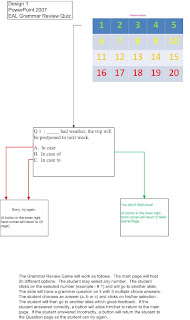We're going to do a stop motion film. Let's look at an excellent example that was created by a former student.
What is it? Stop motion (also known as stop action) is an animation technique to make a physically manipulated object appear to move on its own. The object is moved in small increments between individually photographed frames, creating the illusion of movement when the series of frames is played as a continuous sequence.http://en.wikipedia.org/wiki/Stop_motion
Where can I find some examples to gather information, inspiration, and ideas? Smash!ng Apps http://www.smashingapps.com/2009/06/15/21-stunning-examples-of-creatively-done-stop-motion-animations.html
Can I see another example? Sure!
How can I do it? Wiki How http://www.wikihow.com/Create-a-Stop-Motion-Animation
Let's start our Investigate today.
Our unit question is: How can I use Computer Technology to creatively tell a story?
Area of Interaction: Human Ingenuity
Your task is to create a stop motion video that creatively tells a story in about 2 minutes. It must contain a beginning, a middle and an end. You must use objects. No drawings or people are allowed to appear in your video. It must have sound but no narration. It must be uploaded to YouTube or another video hosting site.
Let's go!
1. The best way to begin your Investigation is by writing a paragraph that explains the problem as you understand it. (State problem, restate problem in your own words, say why this project is relevant, say how you will solve the problem, say who your customer is).
2. Then write a paragraph to connect your project to an Area of Interaction (Human Ingenuity)
Click here for the Identify the Problem Template.
IB Learner Profile: Inquirer
Learning objectives-The student will: independently identify meaningful questions, carry out web search, select and organize appropriate sources and evaluate them.


.png)
